Improve the Accuracy of Patient Identification and Boost your Profitability
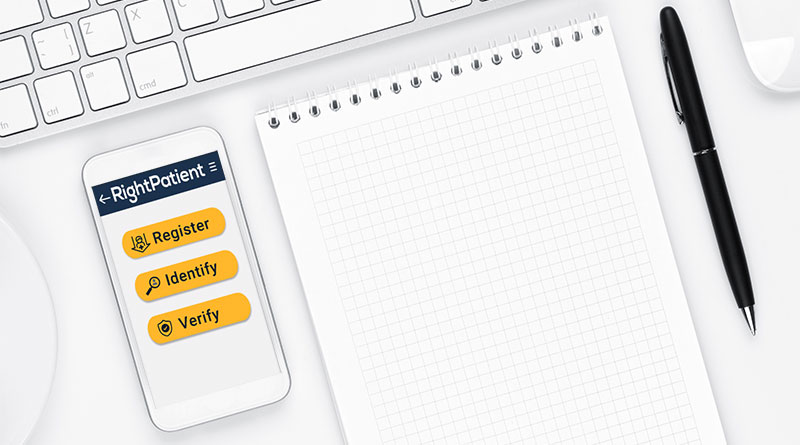
Patient identification errors have been a long-term problematic part of the U.S. healthcare system and there are no signs of slowing it down. It causes problems for all involved and is one of the topmost issues jeopardizing patient safety. Still, the importance of improving the accuracy of patient identification is often underestimated.
Reason to improve the accuracy of patient identification
To put things into perspective, every year, almost 195,000 deaths occur because of medical errors. Ten out of 17 of these deaths occur because of patient identification errors, according to a comprehensive study.
Patients may suffer financially from identity theft. For example, a person who did not even go to a hospital may receive an invoice stating that they did – a classic case of mistaken identity. Patients may also be mixed up due to common names and features such as age, city, DOB, etc. All these incidents have a ripple effect on healthcare providers – the bottom line, reputation, and performance may be impacted as well.
However, there are solutions available, that are used by leading healthcare providers to improve the accuracy of patient identification. The benefits of RightPatient to providers and patients:
Benefits of accurate patient identification
Before the usage of patient identification platforms such as RightPatient, patients were commonly misidentified due to issues such as duplicate records, overlays, common names and demographic information shared with other patients (name, DOB, etc.), and so on. The fact that larger hospitals can have more than a million records stored in their EHR systems does not help either. It leads to mistreatment, wrong medical decisions, and wrong medications, based on inaccurate or incomplete medical history arising from duplicate records or overlays.
When an accurate patient identification platform is used, misidentifications become a thing of the past – the platform can easily identify the patient after enrollment. All the patient needs to do is scan their biometrics and their accurate medical record is identified within seconds.
All the medical data, medication, lab test results, and discharge information can now accurately be stored in the same medical record, improving patient data integrity. This helps build up a robust database of accurate, complete, and error-free patient records, overcoming the data integrity challenges caused by misidentification.
A biometric patient identification platform like RightPatient also prevents medical identity theft. As the medical records are locked with the patient’s photo and biometric signature, an impostor cannot assume the identity of the patient. The impostor will be red-flagged immediately, as their biometric features will be different from the patient’s one, stopping medical identity theft in real-time.
RightPatient also helps to improve the revenue cycle and reduces denied claims. As the patients are identified before a service is provided, there is no chance of identification errors – the correct patient receives their appropriate invoices every time, saving lots of costs associated with claim denials and this significantly improves the revenue cycle.
Some statistics
RightPatient helps to prevent duplicate record creation. For Atlanta-based hospital Grady Health, it has reduced duplicate rates by up to 90%. According to AHIMA, the financial impact of duplicate records can be up to $40 million. That’s a lot of money RightPatient can save!
Final words
RightPatient is the leading biometric patient identification platform that locks medical records with the patient’s photo and biometric data. This ensures that unauthorized parties cannot access the medical record without the patient’s biometric scan. The platform also ensures that the accurate medical record is presented every time the patient goes to the hospital. It helps to improve the accuracy of patient identification in all the hospitals it is being used. Do you want to improve your facility’s patient identification and save millions along the way?

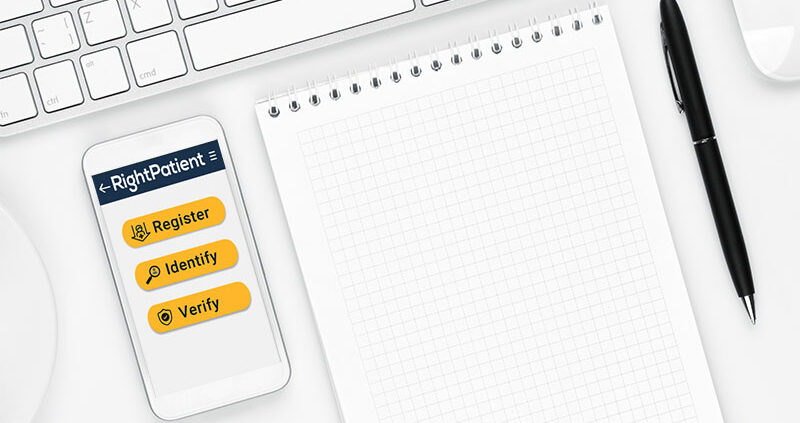
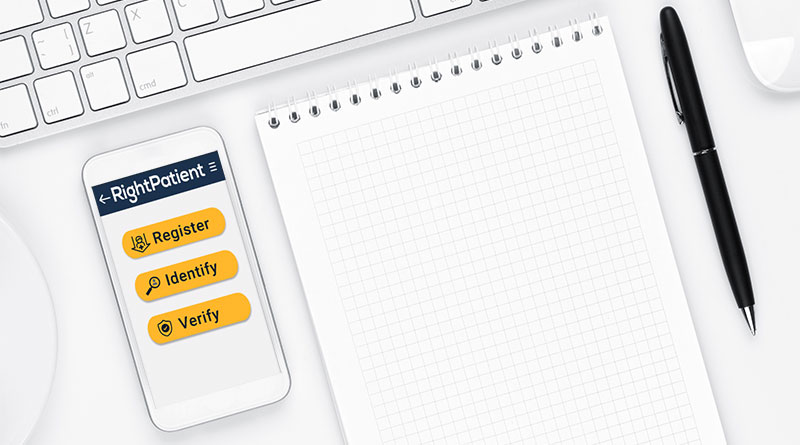

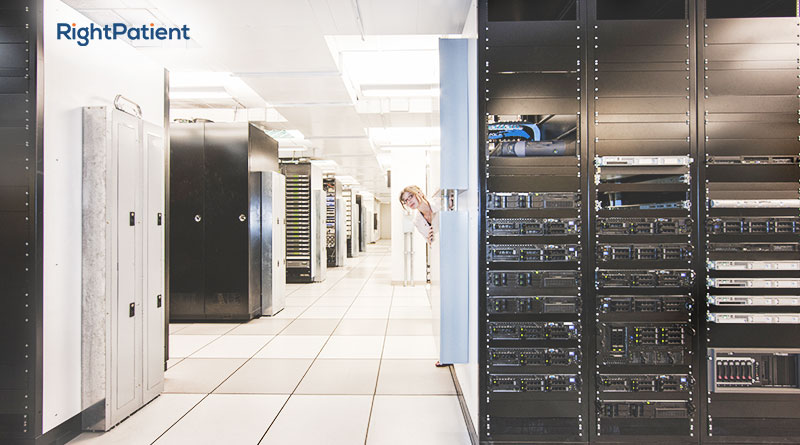
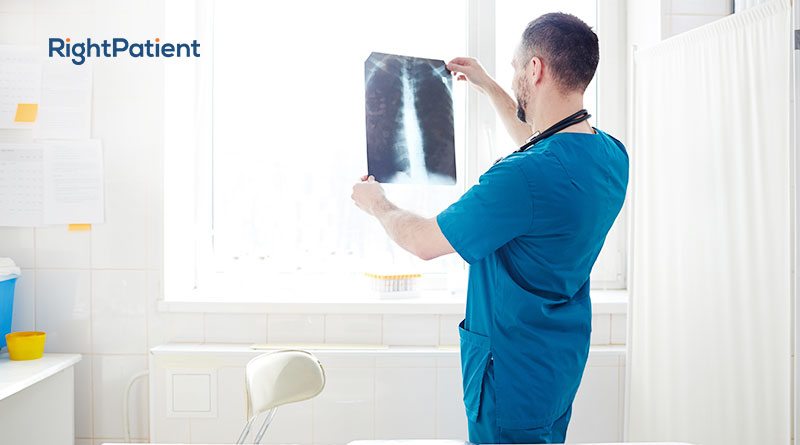
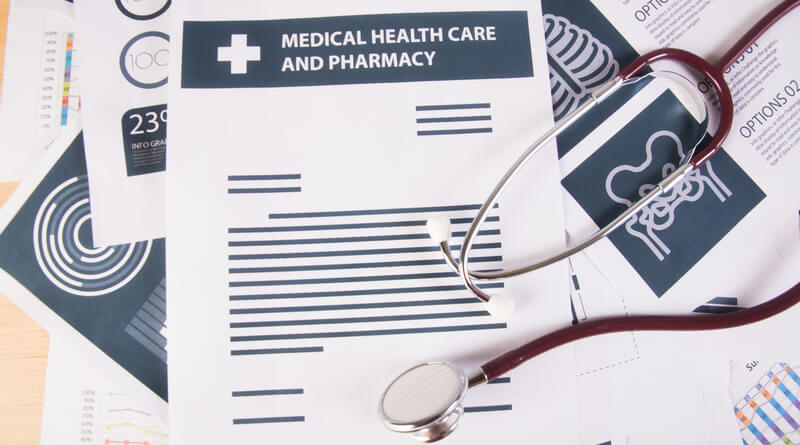



Leave a Reply
Want to join the discussion?Feel free to contribute!